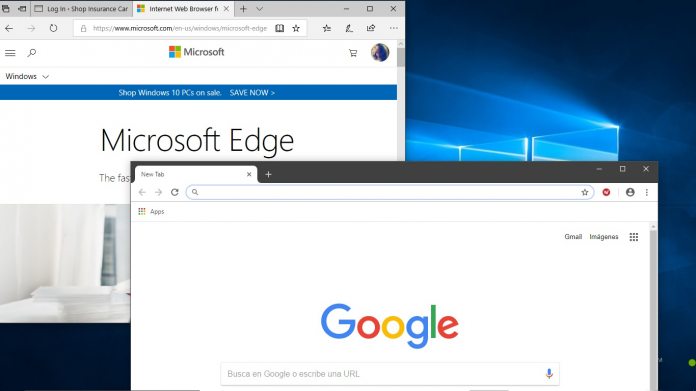Of course, most of those features were revealed when Windows 10 May 2020 Update launched. However, Microsoft also made some behind the scenes improvements. One of those tweaks has been discovered by Windows Latest through a Microsoft developer document. The document discusses a new “SegmentHeap” value that can manage memory usage more efficiently in Win32 applications. In a blog post this week, Microsoft describes how its testing shows the SegmentHeap value has reduced Chromium Edge memory use by 27%. Microsoft’s improvements have caught the attention of Google, with the company interested in using it for Chrome. In a commit from a Chrome engineer, the company says using “SegmentHeap” could help to reduce the memory load of the browser.
Changing Chrome
The engineer says Chrome.exe in Windows 10 version 2004 and later will use segment heap. This will mean the browser will replace the previous legacy heap value. However, Google is currently facing issues implementing the change. According to the company, the Windows 10.0.19041.0 SDK it would need to use is currently blocked and it is unsure why. In other words, Google plans to make the change and reduce memory usage of Chrome in Windows, it just doesn’t know when. It is also worth noting that the amount of RAM reduction users see will depend on their machine. Microsoft admits the final reduction could be higher or lower than its 275 tests.




